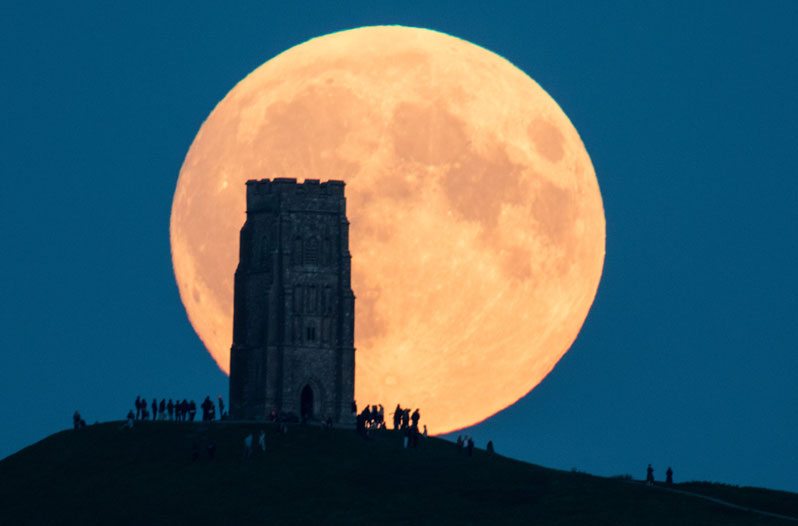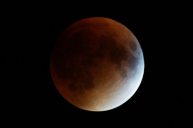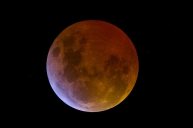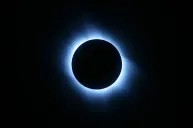On Friday night (Nov. 3), you'll have a chance to see a large, seasonal full moon known as the Beaver Moon.
Videos by Wide Open Country
Usually, the full Beaver Moon appears in October, but every four years it arrives in November. Its late return isn't the only reason it's special this year, though. It will be closer to Earth, making it look larger and fuller. 2017 also brought a late Harvest Moon, which normally shows up in September.
When you can see it
According to the Old Farmer's Almanac, the best time to view the 2017 Beaver Moon will be at its rising on Friday evening. It will crest at 1:23 AM on Saturday (Nov. 4). Once the moon has reached its crest, it will be bright enough to strain your eyes, and will look smaller than it did at dusk.
Though it will be larger than a normal full moon, it won't quite reach supermoon proportions.
NASA defines a supermoon as when a full moon rises concurrently its perigee, meaning its closest point to earth. This month, the moon won't be at perigee until it's moved into the new moon phase of the lunar cycle. Keep your eyes on the sky though, because the Old Farmer's Almanac reports that we're due for a Supermoon in December.
Why its called the Beaver Moon
The Beaver Moon takes its name because it rises during the time of year when temperatures begin to drop. Native Americans had various names for the full moon in each lunar cycle. The Algonquin tribes donned warm winter furs made from beaver skins in the Fall. So when the Beaver Moon rose, they knew to set traps for beavers in the night (when nocturnal animals are much more active).
Different Native American tribes had varying moon names for this full moon. The Assiniboine called it the Frost Moon. Slooh tribes called it the Snow Moon, and still others called it the Hunter's Moon because its bright light made it easier to spot prey in the dark.
Regardless of what you call it, make sure to check it out on Friday.




